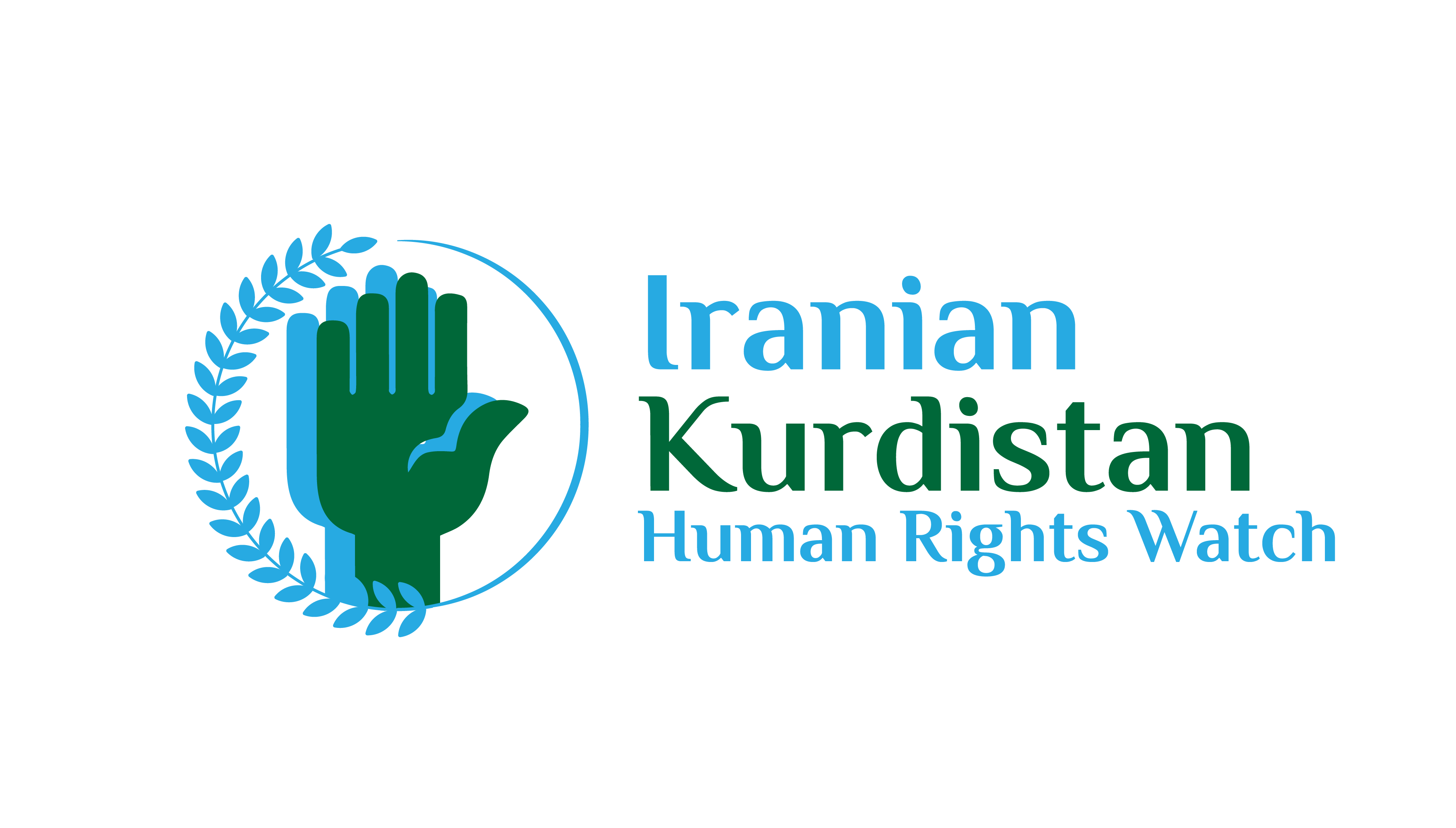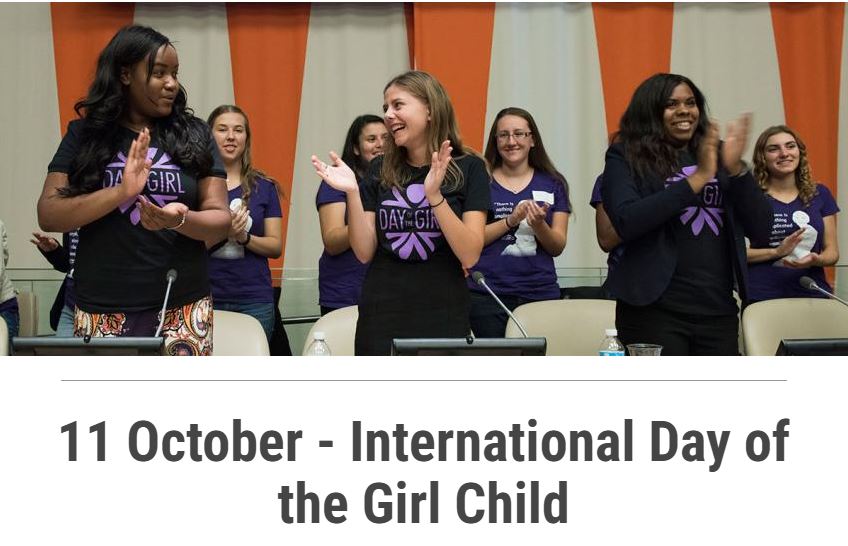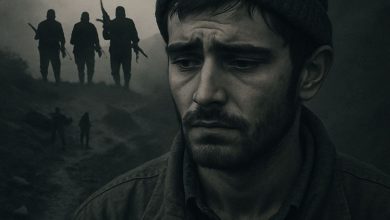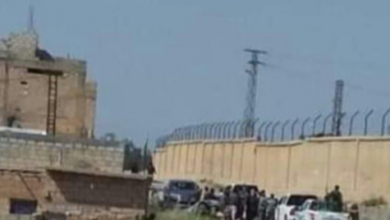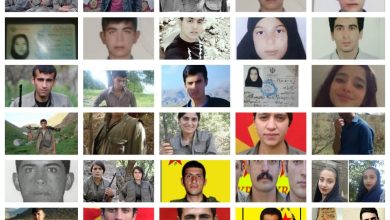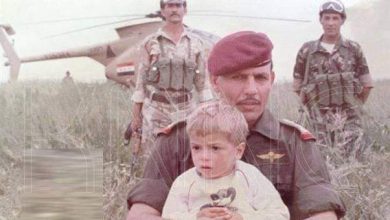While the world commemorates International Day of the Girl Child every October 11th as a symbol of empowerment and equality, the reality for many girls in Iran’s Kurdish regions is drastically distant from concepts like education, security, and a bright future. Findings by the Iranian Kurdistan Human Rights Watch (IKHRW) indicate that poverty, restrictive traditions, early marriage, and forced recruitment into armed groups have profoundly affected the lives of hundreds of adolescent girls.
By Dr. Zana Sadeqi
This analytical and documented report examines the legal, social, and security status of girls in the Kurdish regions of Iran, highlighted by the international observance of the Day of the Girl Child. The report focuses on three key areas: (1) Structural Threats (gender inequality, early marriage, deprivation of education), (2) Security and Conflict-Related Threats (online propaganda and recruitment, forced/illegal recruitment of children by armed groups, obstruction of access to humanitarian aid), and (3) Legal and Protection Gaps that prevent an adequate response. Finally, a set of practical recommendations is offered for national, regional, and international actors. (Sources used: Documents and files from Iranian Kurdistan Human Rights Watch, reports from international organizations, and child rights advocacy bodies).
Introduction: The Meaning and Significance of the International Day of the Girl Child
The United Nations designated October 11th as the International Day of the Girl Child to highlight the rights of girls, the obstacles they face, and the necessity of investing in their empowerment. Each year, global organizations and girl-led networks shape the theme for this day. This year’s focus is “My Voice, Our Equal Future: Girls on the Frontline of Crisis”—a theme that directly aligns with the experiences of girls in border and conflict-affected areas.
International Legal Framework (Summary)
The claims and recommendations of this report are based on international standards for child rights and human rights. The Convention on the Rights of the Child (CRC) and its Optional Protocol on the Involvement of Children in Armed Conflict (OPAC) form the core legal framework. These documents emphasize the age of 18 as the threshold for full protection of children and mandate parties (including governments and armed groups) to prevent the recruitment and participation of children in conflicts.
General Situation — Key Data (Global and National)
Early marriage is one of the most significant challenges in the Middle East and Iran. Reliable data shows that a considerable percentage of current adult women in Iran were married as children (before age 18), although the overall trend has shown geographical and demographic changes in recent years.
At the regional level (border semi-territories and areas of political uncertainty), conflicts and the presence of various armed groups have heightened risks for children, especially girls. International documentation includes reports of the recruitment and use of children (both girls and boys) by groups with ethnic and ideological affiliations in Iraq and Syria.
The Situation in Iran’s Kurdish Regions — Local Findings and Field Evidence
The Iranian Kurdistan Human Rights Watch (IKHRW) has collected and documented numerous cases of rights violations against girls in the border provinces and regions in recent years. Recurring patterns include: girls dropping out of school due to economic and cultural pressures, forced or family-pressured marriage, sexual violence and abuse, and in specific cases, the recruitment or abduction of adolescents by armed groups. Local reports also indicate that some armed groups impede or restrict humanitarian aid access for families and children. These documented cases have been logged and are ready for referral to international bodies.
Recruitment of Children by Armed Groups: International and Local Evidence
International human rights bodies (including Human Rights Watch) have reported that in parts of northeastern Syria and specific areas of Iraq, groups linked ideologically or organizationally to the PKK network have recruited children. In some instances, this practice has involved abuse, restricting their exit, and transporting children to military training.
In Iran, local documents and reports, including cases registered by IKHRW, also describe instances of abduction, recruitment, or pressure on adolescents to join armed groups—including cases where families have lost their teenage daughter or son or have been compelled to undertake lengthy pursuits to secure their return. These cases suggest an alarming pattern that requires an immediate, protection-focused response.
Consequences for Girls
The consequences of rights violations and violence against girls can be observed in three primary domains:
Psychological and Physical Harm: Experiences of violence, sexual abuse, and military training lead to chronic psychological disorders, physical injuries, and interrupted social development. (Mechanisms documented in international studies and Iranian Kurdistan Human Rights Watch’s field interviews). Obstacles to Education and Development: Early marriage or forced exit from the home causes girls to drop out of school, severely limiting their future economic and legal prospects. Fracture of Family and Community Support Structures: The lack of legal and social support, shame and social stigma, and restricted access to health and psychological services exacerbate the situation. (Local evidence and comparative analysis with regional reports).
Response Gaps and Exacerbating Factors
Several structural and operational factors contribute to the inadequacy of appropriate responses for the protection of girls:
- Legal-Executive Gaps or Non-enforcement of Existing Laws (e.g., accurate birth registration, control over unregistered marriages, punishment for child recruitment by non-state groups).
- Limited Access for Humanitarian Bodies and Support Services in border areas and regions influenced by armed groups, preventing the provision of mental health and rehabilitation services to survivors.
- Digital Propaganda and Influence: Social networks and groups’ promotional pages have increased the capacity to recruit and radicalize adolescents. These tools often advertise an image of a “glorious life in resistance,” effectively exposing teenagers to severe risk. (IKHRW field evidence and media analysis reports).
Key Recommendations (Practical and Implementable)
Based on field evidence and international frameworks, the Iranian Kurdistan Human Rights Watch proposes the following recommendations for different levels:
A) For the Government of the Islamic Republic of Iran
- Accelerate the accurate registration of births and combat unregistered marriages; formulate and enforce protective procedures for girls at risk.
- Strengthen the capacity of local services to support survivors of violence and psychological rehabilitation; guarantee safe access to services for families in border areas.
- Legally pursue cases of child abduction and recruitment and cooperate with international bodies to identify and return extracted children.
B) For Kurdish Armed Groups
- Immediately cease all recruitment or training of individuals under 18 and cooperate with international bodies for child rescue, return, and rehabilitation processes (in accordance with OPAC and international standards).
- Allow unconditional access for independent humanitarian and monitoring organizations to controlled areas to assess the status of children and implement social-educational programs.
C) For the Kurdistan Regional Government (KRG) and Regional Actors
- Cooperate in data collection, facilitate the process of child return, and provide platform support for families.
D) For International Organizations and Donors
- Provide financial and technical support for psychosocial rehabilitation programs, education, and economic support for at-risk families in the affected regions.
- Utilize international mechanisms (including the Special Representative on Children and Armed Conflict) to pursue cases of child recruitment and put pressure on responsible actors.
This report is based on a combination of sources: IKHRW field files and interviews, analysis of secondary sources from international organizations (UNICEF, UN Women, Human Rights Watch, and official UN documents), and an analytical review of international laws and documents (CRC and OPAC). In cases where the direct mention of victims’ names was not possible, information was rewritten and their identity concealed to maintain security and privacy.
The International Day of the Girl Child is a timely opportunity for governments, regional bodies, and civil society to pursue their responsibilities for the protection of girls in a tangible and urgent manner. Field experience in the Kurdish regions of Iran demonstrates that the threats are multifaceted, and solutions must be protection-focused, preventive, and based on human rights. The immediate cessation of child recruitment, the guarantee of access to education and support services, and the judicial pursuit of violations are the minimum demands that must be executed today.
